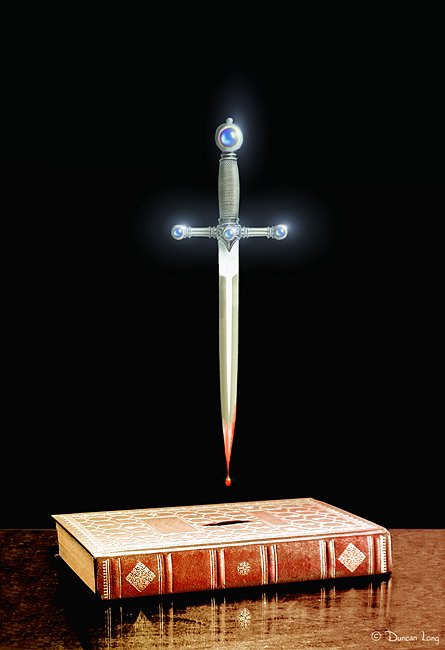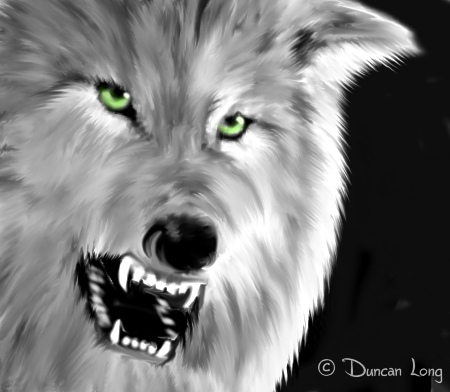
There’s a lot of confusion as to what a small publisher is and what constitutes self publishing. Part of the confusion results because many of these terms are used incorrectly (and I am guilty of this myself sometimes). But part of the problem is that publishing itself is in a flux with technology offering new opportunities. This new technology also makes some of the old terms less applicable than they once were.
So here’s my rough and dirty guide to the various levels of self publishing going on today:
1) The Vanity Press: The poor companies have a bad rap, in part because some have basically been operated as a way to divide ameature writers from their money, and in part because those writing for big presses like to “put down” publishers using such services. Basically a vanity press is a company that packages an author’s manuscript into a book. They edit the book, typeset it, and print it. But unlike a regular publisher which pays the author for the right to print the book, a vanity press charges the author for all the work. Since many vanity press authors have marginal talents and their books are poor sellers at best, there’s an additional level of stignatism associated with the vanity press. HOWEVER there is the potential to produce a quality book with these services if the author offers quality writing from the start.
2) Self Publisher: Basically this type of publishing is a one-man operation with the writer becoming the jack of all trades, handling all the work that needs to be done up to the time the book goes to the print shop (though not always – he may hire folks to edit, do layout work, or create the book illustrations for his title). Chapbooks, mail-order/web catalog books, and/or titles by local writers at bookstores are earmarks of the self-published book. As of late POD (print on damand) and eBooks have expanded the reach of the self publisher. Often self-published titles are printed without an ISBN (or in the case of POD /Ebooks, a pseudo-ISBN supplied by Amazon.com or others).
3) Small Press: This is a step beyond self-publishing BUT may start as self publishing. Basically the author branches out even more, hiring folks to do some of the work (editing, book illustrations, layout, etc.) either because the author lacks some of the skills for producing a professional-looking book or because the author wants to spend more time on other things. The small press will usually have its own block of ISBNs and may eventually offer books from more than one author (though not always). Typically a small press will only produce a handful of titles per year.
4) Imprint: If a small press does really well, a larger press may buy it or enter into some other business relationship with it. In such a case the small press retains its name and often its staff, but operates with an infusion of capital, gains access to the big press’ distribution system, and basically has more clout than it did before. Of course a small press losses some of its independence when becoming an imprint. Most imprints are devoted to some niche market and some even publish only the titles of one author.
(It should be noted that not all imprints start as small publishers; sometimes a large publisher will start an imprint to reach a niche market.)
=====================
Working in the publishing industry for several decades, Duncan Long presently is a freelance magazine and book illustrator for HarperCollins, PS Publishing, Pocket Books, Solomon Press, Fort Ross, and many other publishers and self-publishing authors. See his book illustrations at: http://DuncanLong.com/art.html
=====================







